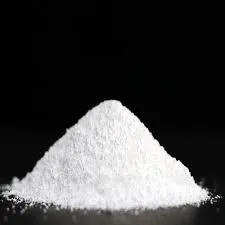

In the realm of chronic disease management, metformin stands out as a vital active ingredient. Used primarily in the treatment of type 2 diabetes, metformin works by reducing the amount of sugar released by the liver and improving insulin sensitivity. Its introduction has been revolutionary, allowing millions to maintain better blood glucose control, thus reducing the risk of complications associated with diabetes. The antiviral ingredient acyclovir is crucial in managing viral infections such as herpes simplex and varicella-zoster viruses. It works by inhibiting the replication of viral DNA, thereby reducing the severity and duration of outbreaks, which is a landmark advancement in the field of infectious disease management. The role of active ingredients also extends into the realm of mental health, where compounds like fluoxetine—a selective serotonin reuptake inhibitor—play a critical role. By correcting chemical imbalances in the brain that cause depression, anxiety, and other mood disorders, fluoxetine and its counterparts have dramatically changed the landscape of mental health treatment. Each example of an active ingredient discussed underscores the sophisticated and targeted approach of modern medicine to address diverse health challenges. The dynamic research landscape continually explores and uncovers new active ingredients, expanding the horizons of therapeutic possibilities and improving patient outcomes. Ultimately, the understanding of active ingredients is not solely beneficial for medical professionals but is also empowering for patients. It provides insight into the treatment processes and promotes informed health decisions, fostering trust and confidence in prescribed therapies. As health care continues to evolve, with cutting-edge innovations and discoveries paving the way, the foundational knowledge of active ingredients promises to remain indispensable. Its relevance as a pillar of modern therapeutic strategies reaffirms the dedication of the pharmaceutical industry to enhance human health through science and innovation.
Next:

